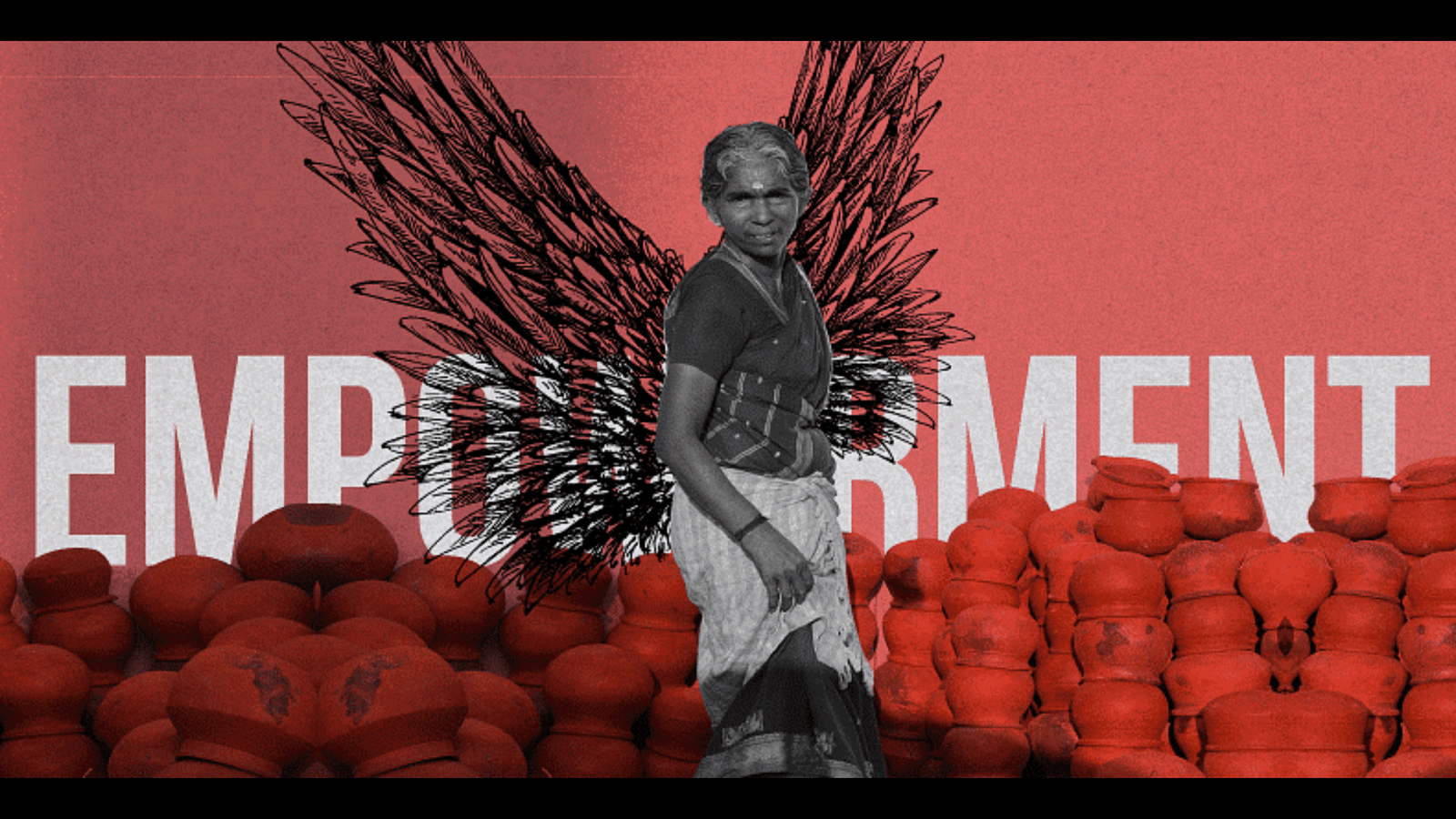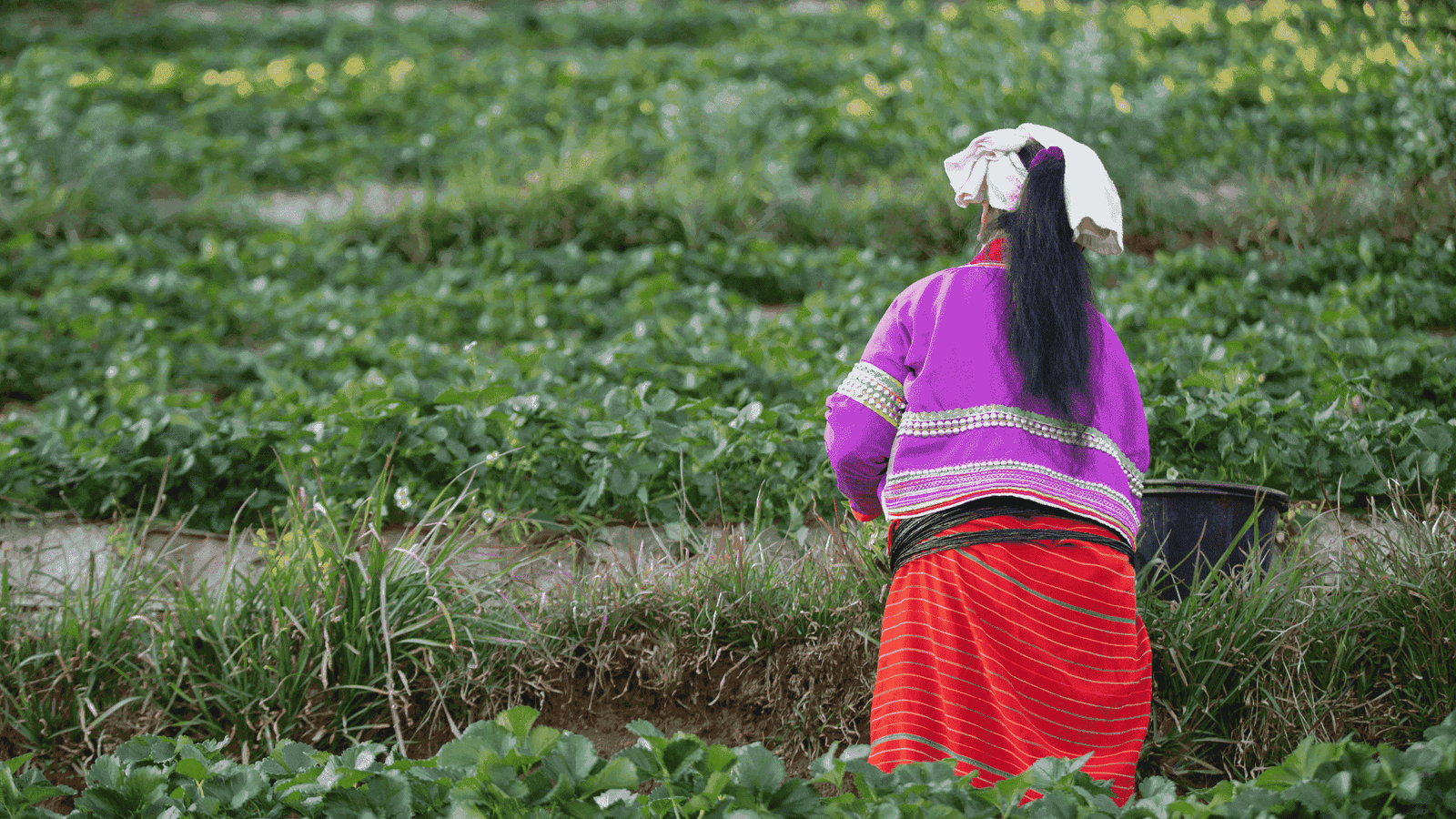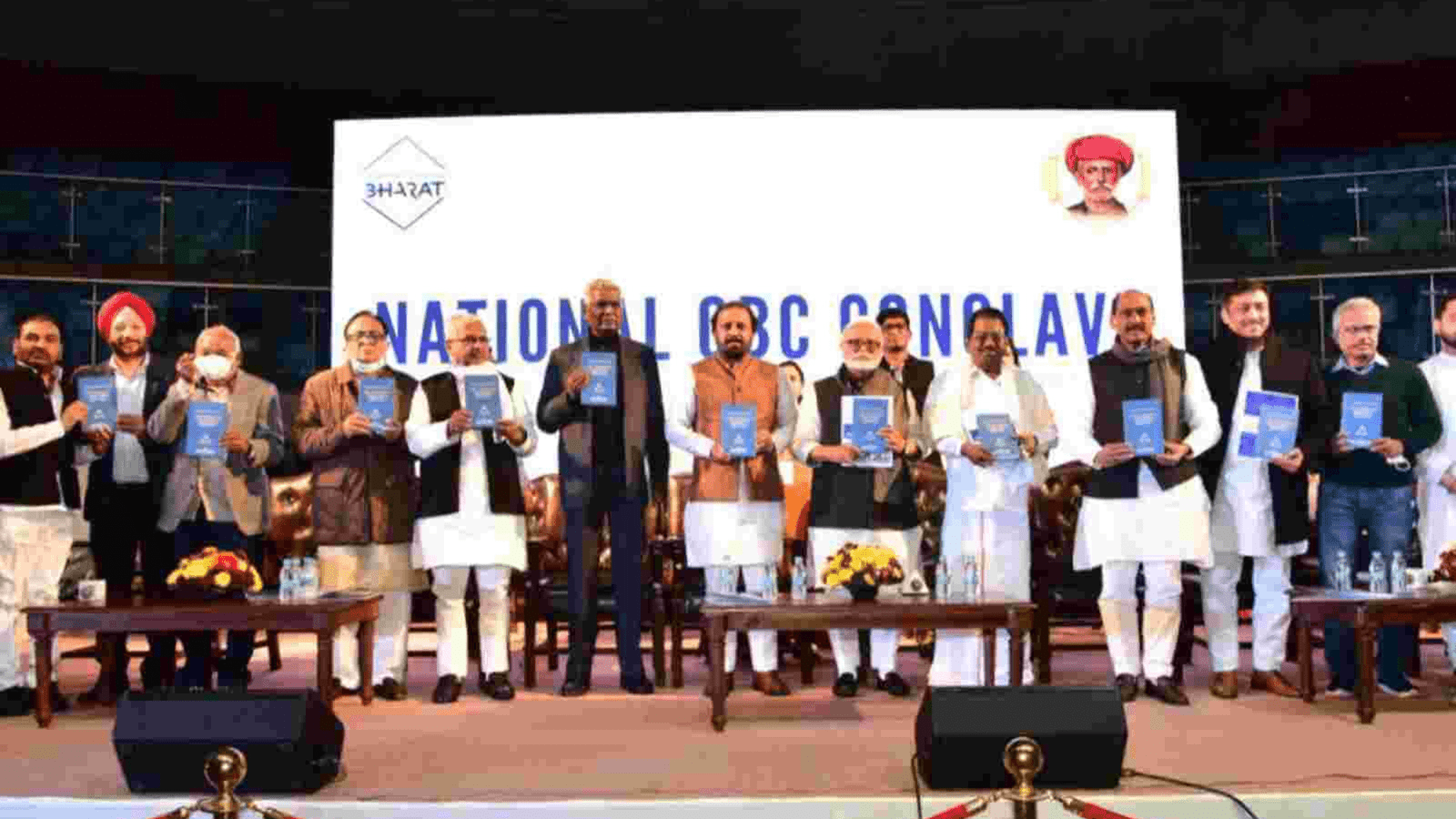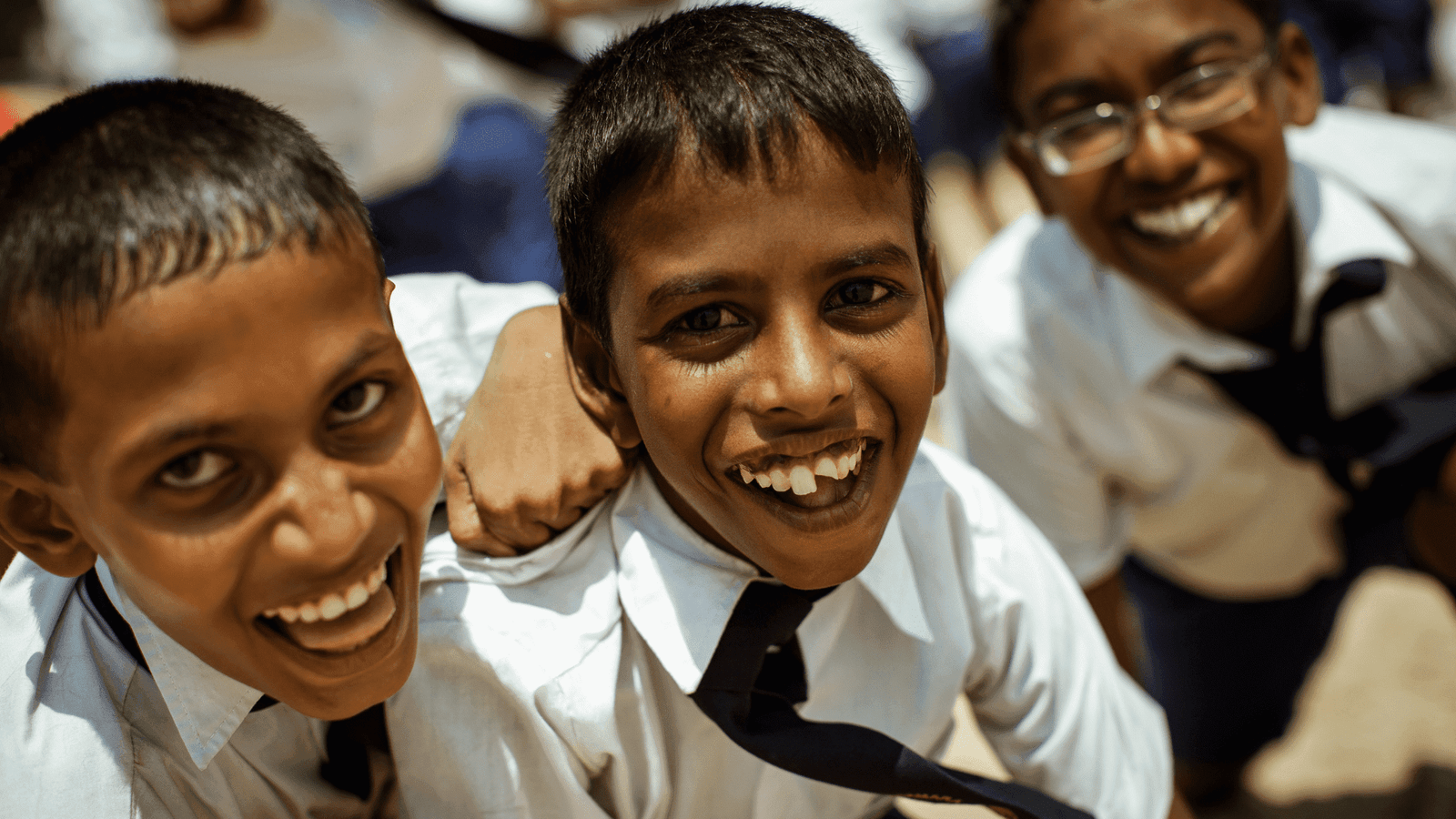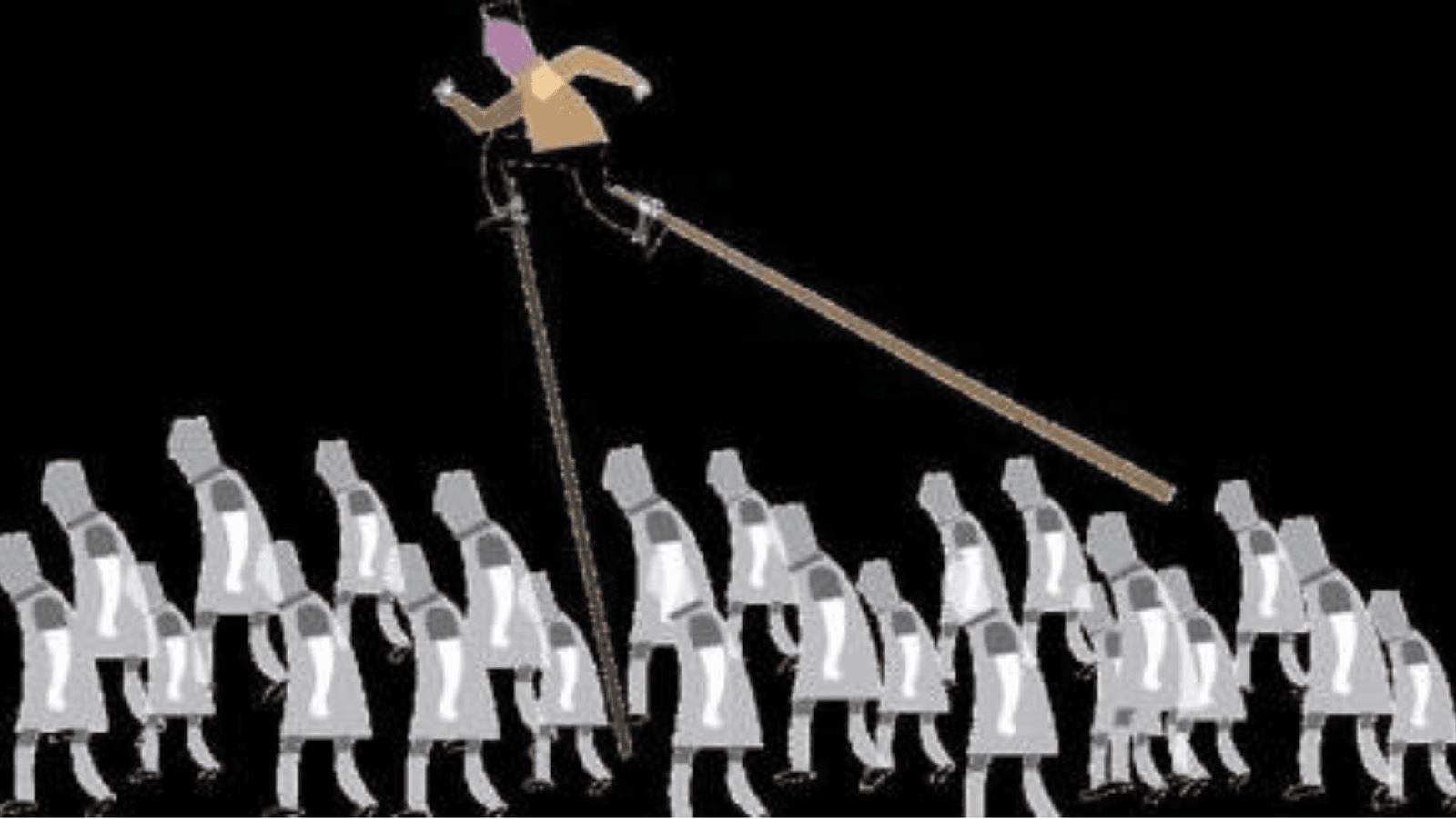
One year since the Covid-19 lockdown was imposed, there’s been little change in the hunger levels and unemployment rate among migrant workers, especially women.
Today marks the first anniversary of the day the central government announced an ill-planned national lockdown. India is home to nearly 500 million informal sector workers with practically non-existent social security and the unilateral decision pushed them into perilous circumstances, triggering their great exodus from cities.
Berjom Pahadiya, a 54-year-old migrant labourer, had to walk 1,200 kilometres over seven months from Delhi to return to Jharkhand. His woes were compounded since he only spoke Santhali and was forced to beg for survival. On the way, he collapsed due to hunger near a railway line before being resuscitated by a civil society organisation. Among many such distressing stories was that of the illegal confinement and bondage of two Santhali women at a factory in Karnataka. They were rescued by another Santhali migrant worker, Nicholas Murmu, in May.
The working class in India has historically been treated with a combination of contempt and apathy. Several surveys and reports have highlighted the extent of loss of livelihoods and the corresponding hunger situation. Based on the Centre for Monitoring of Indian Economy’s nationally representative data, my colleagues at Azim Premji University (APU) showed that among men who lost employment in April 2020, about 68 per cent of the workers had a fall in income between December 2019 and August 2020. Women were the worst hit as 56 per cent remained unemployed even in December. Zooming in on the informal sector, another survey conducted by APU showed that earnings had halved in November and food insecurity increased. Ninety per cent of the respondents reported a reduction in food consumption during lockdown; of them, only 30 per cent respondents reported that food consumption was back to pre-lockdown levels in November.
The saga of unflattering numbers is reflected in other studies too. According to the “Hunger Watch” survey conducted in October 2020 by a consortium of organisations affiliated with the Right to Food Campaign, about 48 per cent respondents went to bed without a meal at least once and about 30 per cent had to skip meals “sometimes” or “often” in that month. There was a drastic reduction in the intake of nutritious food. The disproportionate impact on women has been a common feature across all the studies.
The big shock absorber in these times is the public distribution system (PDS) through which millions have been able to access foodgrains at free/subsidised rates. The question then is: After spawning such a crisis, has the government responded with compassion towards the majority in the country? According to a recent article by economist Himanshu, as on January 1 this year, the Food Corporation of India (FCI) has four times the buffer stock norms. Despite this, the Centre discontinued the supply of additional foodgrains through the PDS in November. In light of such plenty among penury, it is astonishing that the NITI Aayog would propose to lower the food subsidies from 75 per cent to 60 per cent in rural areas and from 50 per cent to 40 per cent in urban areas. The shortage of income and food will have a further devastating impact on women and children’s nutrition. This assumes more significance given the results from the National Family Health Survey (NFHS) Phase 1, according to which child nutrition indicators have stagnated or worsened between 2015 and 2019. The pandemic would have only worsened these. Consequently, there is an urgent need to universalise rations.
Instead, the government insists on relying on technocratic fixes. For example, although One Nation One Ration (ONOR) Card sounds good in theory, it is fraught with several problems. For instance, supplying the right quantity of grains to different ration shops is likely to be a logistical nightmare. Further, ONOR gives easy ammunition for corrupt ration dealers to escape scrutiny as they can claim that a migrant from their household has drawn full rations elsewhere.
Secure employment and better livelihood opportunities — especially for women — are vital. As per the Periodic Labour Force (PLFS 2018-19), four out of five rural women willing to work are unemployed. Anganwadi centres that only employ women as workers and helpers form the bedrock of Integrated Child Development Services (ICDS) implementation. Along with the Accredited Social Health Activists (ASHA) workers, this trinity of women workers performs an array of complex roles in fundamentally improving human development. However, these workers are treated as “volunteers.” Their wages are abysmally low despite putting in long hours of monumentally critical work, especially during the pandemic. A recent working paper by Dipa Sinha, Mohini Gupta, and Diksha Shriyan contextualises structural problems such as being undervalued and underpaid.
The other key pillar that has kept the rural economy afloat is the Mahatma Gandhi National Rural Employment Guarantee Act (MGNREGA). However, government allocations for this programme remain inadequate. The increase in MGNREGA wage rates for the financial year 2021-22 is less than 5 per cent in most states and wage payments are often delayed. Given the crisis, it is imperative to not only strengthen MGNREGA by increasing the entitlement to 200 days per household per year, increase wage rates, but also introduce an urban employment programme to boost bottom-up consumption. The repeated structural weakening of social protection measures implies that distress migration is a Hobson’s choice for millions. The new labour codes by diluting several labour laws will only heighten the humiliation of the likes of Berjom Pahadiya, whose journey must be seen not only as a symbol of resilience but as an indictment of the government’s failure to uphold moral and constitutional values.
